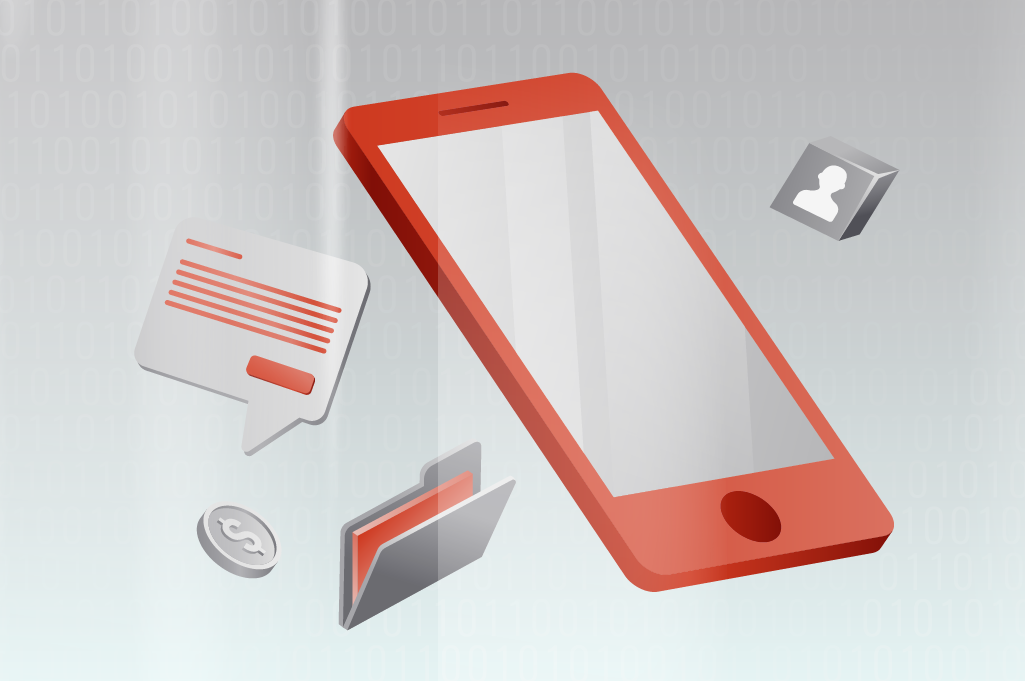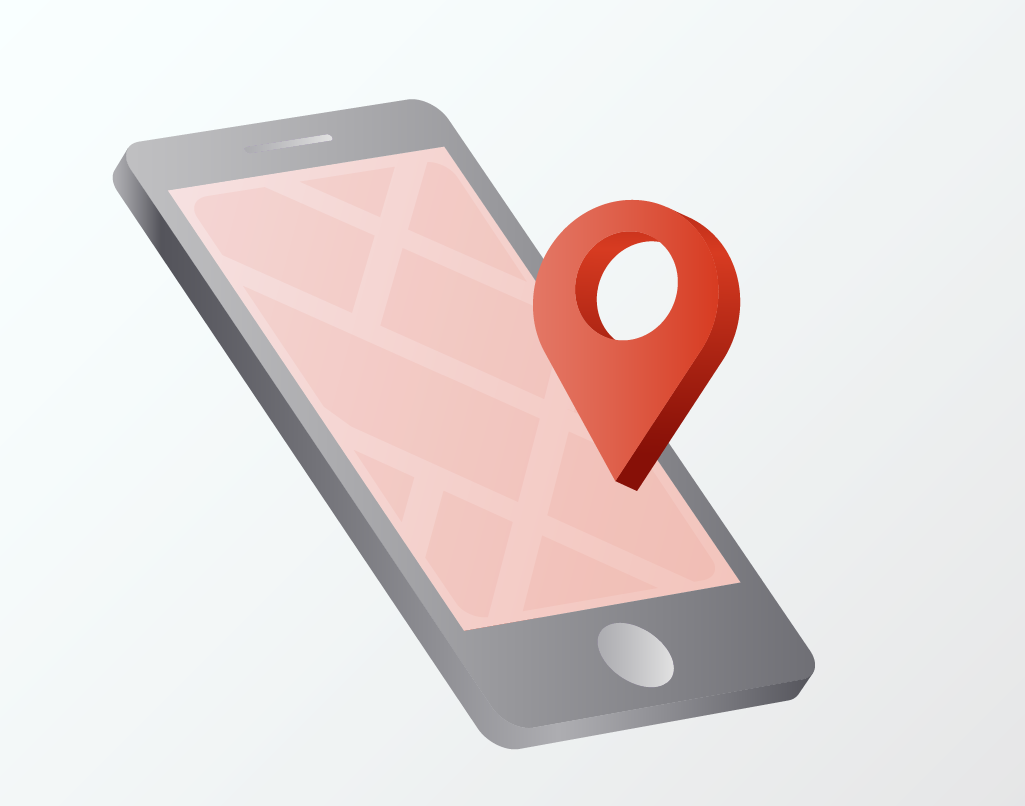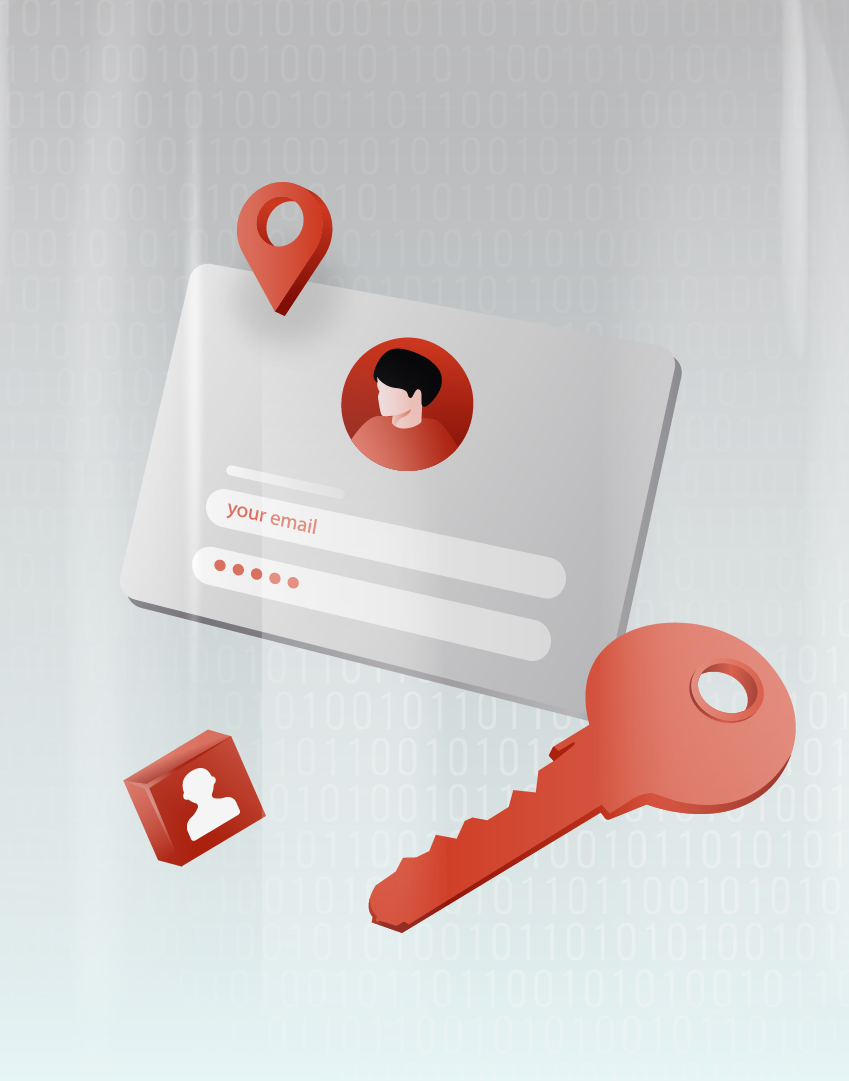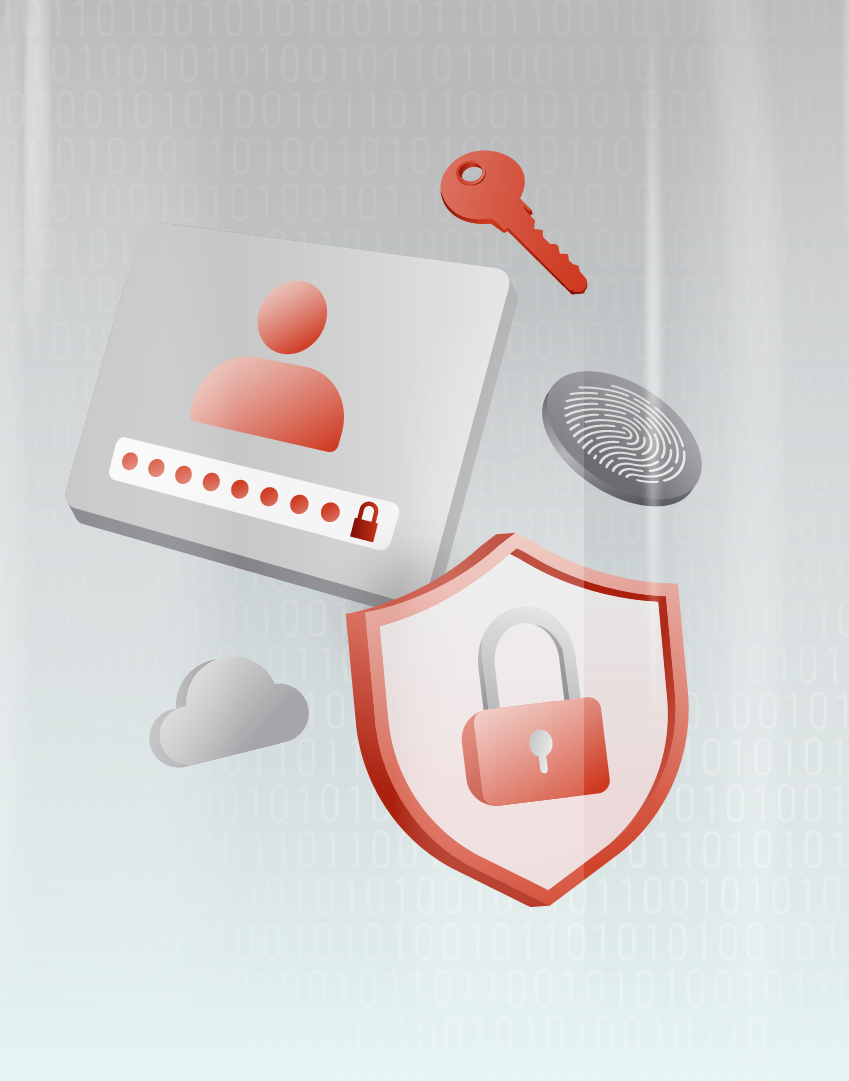You might lose your phone. Do this before it happens!

00 INTRO
It’s not the most pleasant scenario to think about: losing your smartphone. It might as well feel like the end of the world.
That piece of electronic rectangle contains our entire lives spread out through photos, messages, emails and payments. Just imagine the hassle if you suddenly lose all of that. I don’t think most people are prepared for it.
The good news is that there are a few simple, yet essential steps you can take before any of this happens. Preparing for the worst, plays the key role in preventing the loss of data and personal information. What you do now makes a huge difference to what you can do if you ever lose your phone.
In the following text, we’ll explore these vital steps and how they can help protect your digital life in the event of a lost, stolen or even broken phone.
01 ALREADY LOST?
Oops, I already lost my phone
Losing anything – especially your phone – is a headache we all hope to avoid. But hey, it happens! Much more than you think.
If you’re lucky, your phone’s just playing hide-and-seek in the couch cushion, the backpack or your car.
But if you did lose it when you were out and about, there’s still hope it got into good hands. They might even be trying to track you down to return it! So, first things first: give your phone a ring and cross your fingers for a good Samaritan on the other end.
However, your phone might be gone. Despite your best efforts. If it is locked, chances the new ‘owner’ can get into your stuff are slim. Time for a backup plan: call in the cavalry. Yep, that means reaching out to the police or your service provider. With a bit of luck and some clever tech, there’s a chance they’ll help track down your trusty device.
02 WHAT TO DO?
That seems like a hassle. What can I do to be in a better position next time?
Here’s a short guide to help you keep your data safe if you lose your phone. There’s are a lot you can do, but I’ve selected a few steps that are most important and easy to set up.
Keep in mind that these tips are for everyday users. If you’re dealing with sensitive work information, this guide might not cover everything you need.

1. Setting up a strong password
Seems like a no-brainer, but it’s worth mentioning that you should protect your phone with a strong password. Fingerprint or face scan are even better options, yet setting up a password is still a requirement. So, make it strong!
The goal of the password is to protect your identity and data in case your phone’s lost or stolen. By having a password on your phone, you ensure that someone won’t be able to casually browse through your photos, access your finances through designated apps or post on your social media profiles.
So, a good and strong password is the first step.
2. Regular data backup
Backing up data from your phone means ensuring that your data – photos, contacts, messages – is safely stored in at least one more place. If it’s only on your phone and that phone is lost, well that means you might lose some of your favorite memories. So, back it up!
You can do it manually but, nowadays, you can also use various mechanisms to do it automatically. When it comes to where you’ll store the backed up data – you can use another device (like an external hard drive) or one of the cloud solutions.
Regular data backups ensure the security of your data and access to it, even if you never get your smartphone back. Today, when there are various automatic data backup methods (e.g., iCloud option on iOS devices or Google Cloud on Androids), it’s kind of hard to find an excuse not to do regular backups.

3. Activating Find My Phone option
I might be jumping the gun here, but I think losing the data on your phone is way worse than losing the device itself. Still, losing the phone is a big deal since smartphones can be quite expensive.
So, if you want to increase your chances of finding your lost phone, it’s smart to activate a ‘Find My’ service (like Find My iPhone for iOS or Find My Device for Android). By activating these services, you can see the last location of your mobile phone, in some cases even after the device is turned off or has no internet access.
Here’s a little guide on how to do it.
Activating Find My iPhone service on iOS
To activate the Find My iPhone service on iOS, follow these steps:
- Navigate to Settings on the device
- Tap on your name and then go to the Find My option
- Tap on Find My iPhone and then enable Find My iPhone
- If necessary, the device can be located on the website
As part of the same functionality of finding a lost device, on iOS devices, it is possible to enable locating the device even when it is turned off and to save the last location before the device shuts down due to low battery or any other reason.
Activating Find My Device service on Android
To enable the Find My Device service on Android, you’ll need a Google account. You must be signed in to your smartphone with that same account. Once that’s done, follow these steps:
- Navigate to Settings > Google on the device
- Find and press the Find My Device option
- Enable Use Find My Device
- If necessary, the device can be located using the Find My Device app or Find My Device website, which requires connecting with the same Google account as on the device
04 honorable mentions
Some additional steps
Setting up a strong password, regular data backup and activating ‘Find my phone’ option are the most important steps you can take. Depending on your smartphone and personal preferences of course.
There are some additional steps that include:
- Remote device locking
- Remote data wiping
- Logging out of apps installed on the device (if they provide that option)
- Changing passwords on apps installed on the device
Final thoughts
As you can see, the steps detailed above are an easy and fast way of making sure your data is safe and stored if the worst case scenario happens. So, take some time to set it all up and save yourself a lot of stress. And pass this on to a friend or family member if you found it helpful.
P.S.
Taxis, airplanes, buses, subways and airport security are all prime spots to lose your phone. So take extra care there! 😊
Up next: This is your sign to turn on 2FA now


